The Smart Carbon Market is witnessing significant growth as organizations increasingly focus on sustainability and reducing their carbon footprints.
This market comprises various players specializing in technologies and services aimed at carbon management, energy efficiency, and smart grid solutions. The adoption of smart carbon management solutions is driven by regulatory pressures, rising energy costs, and the need for businesses to enhance their environmental credentials.
In a competitive landscape characterized by rapid innovation and collaboration, companies are racing to develop advanced solutions that cater to diverse industry needs, fostering an environment where strategic partnerships, acquisitions, and technological advancements play critical roles.
As companies navigate this dynamic market, understanding competitors' strengths, weaknesses, and market positioning will be essential for seizing growth opportunities and achieving a sustainable competitive advantage.
In the Smart Carbon Market, Schneider Electric stands out due to its comprehensive portfolio of energy management and automation solutions. The company's commitment to sustainability and innovation enables it to offer advanced products that optimize energy consumption, improve operational efficiency, and facilitate effective carbon management.
Schneider Electric leverages its extensive expertise in automation and analytics to provide clients with insights into their energy usage, helping them to make informed decisions that align with their sustainability goals.
This position gives Schneider Electric a strong market presence as it fosters collaborations with other organizations and invests in research and development to enhance its offerings continuously.
The combination of a robust brand reputation and a focus on eco-friendly practices positions Schneider Electric favorably in a competitive landscape where businesses are increasingly prioritizing carbon reduction strategies.
On the other hand, Microsoft is making significant strides in the Smart Carbon Market through its cloud-based solutions and technological initiatives aimed at sustainability. The company's Azure platform plays a crucial role in providing businesses with powerful tools for data analytics and carbon footprint measurement.
By leveraging artificial intelligence and advanced analytics, Microsoft enables organizations to gain insights into their carbon emissions and identify areas for improvement. Additionally, Microsoft has committed to becoming carbon-negative by 2030, demonstrating its dedication to reducing environmental impact and advancing sustainable practices.
This strong corporate commitment, alongside its technological capabilities, positions Microsoft as a formidable player in the smart carbon landscape, helping businesses develop their sustainability strategies while benefiting from cutting-edge technology and data-driven decision-making processes.


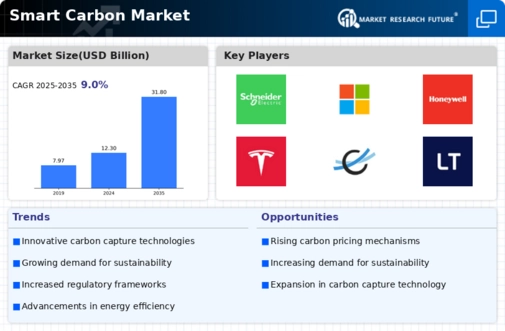
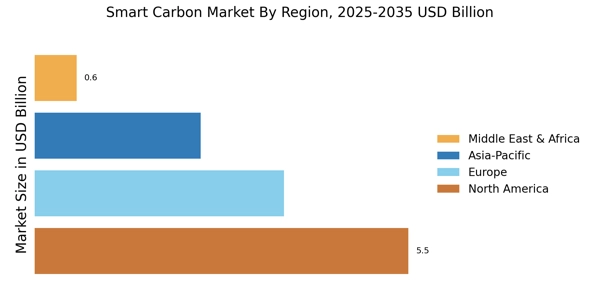
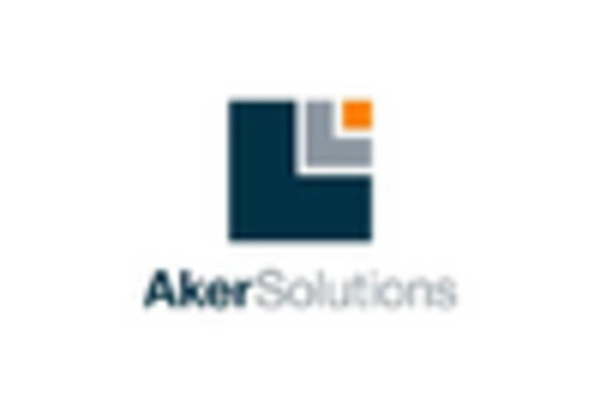

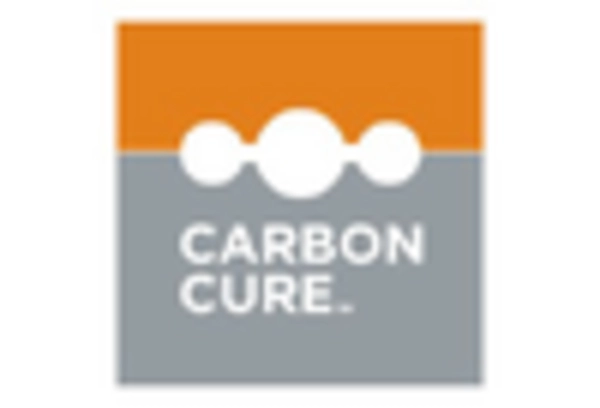
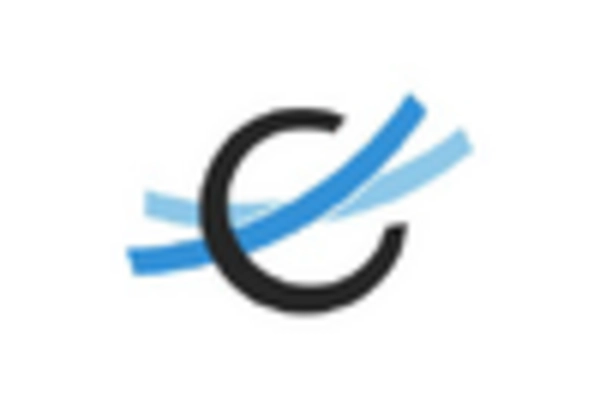
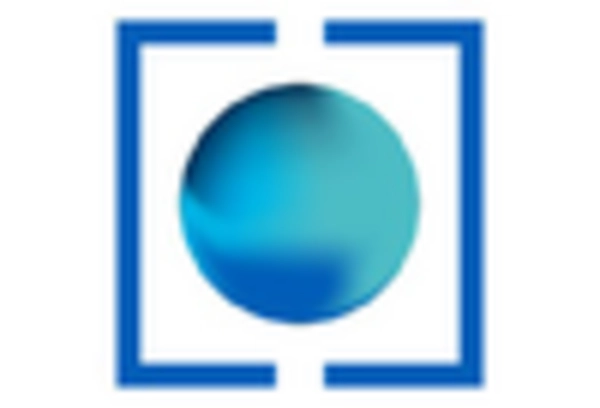
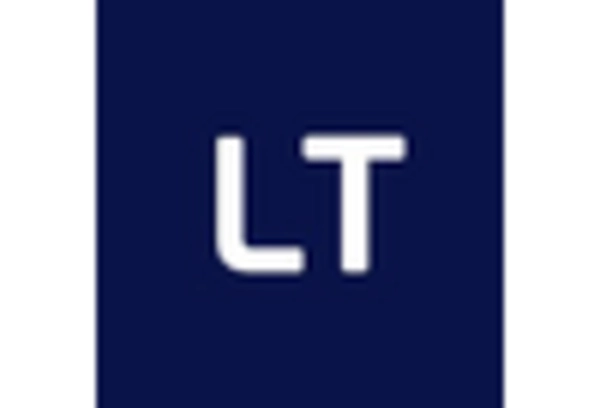








Leave a Comment